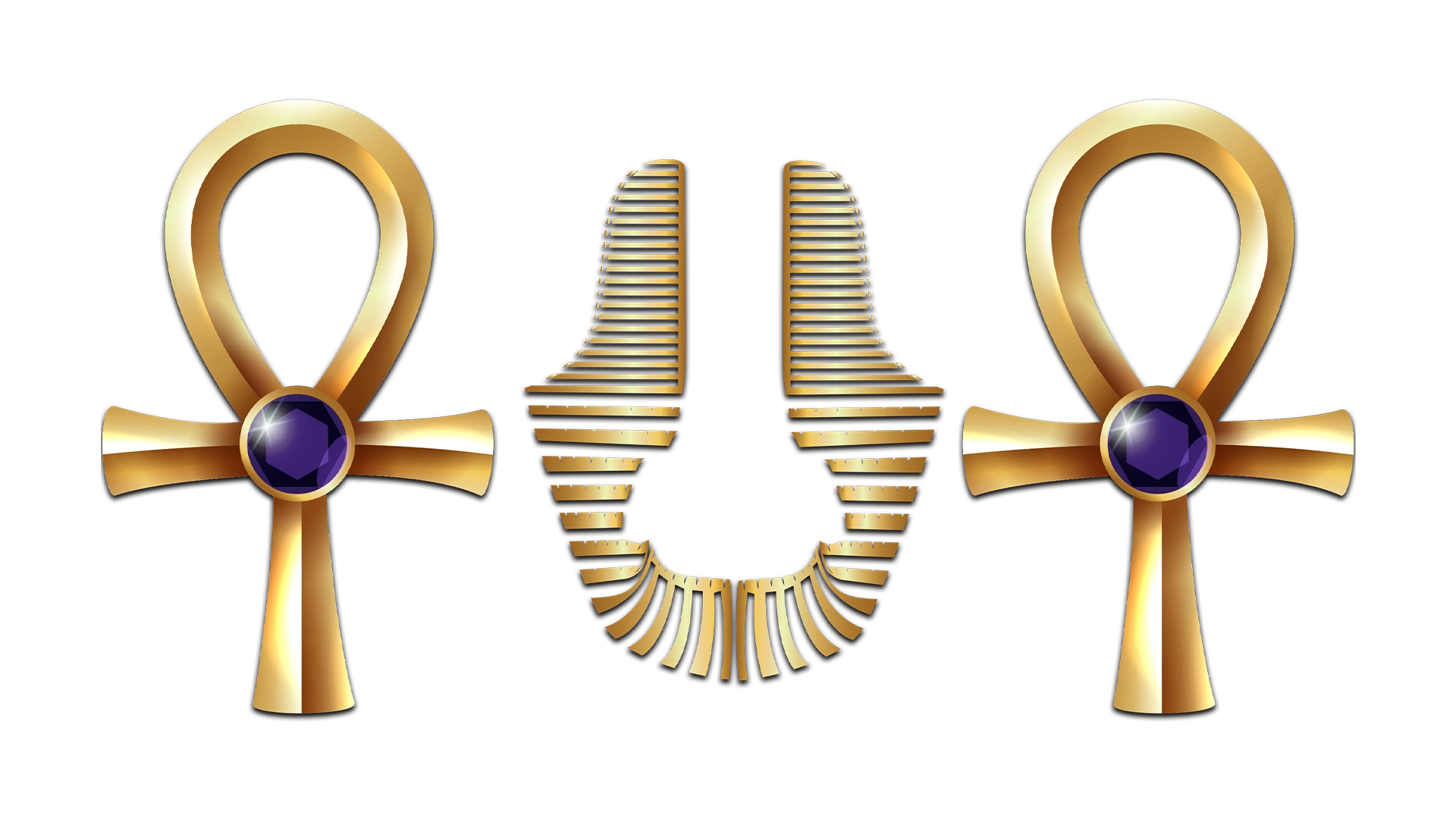The Black Granite Statue of Hatshepsut: Power and Legacy in Ancient Egypt
The Black Granite Statue of Hatshepsut beautifully portrays one of Egypt’s most influential rulers. Hatshepsut, a female pharaoh, is depicted with royal regalia, including the iconic nemes headdress. Made from black granite, a material symbolizing strength and endurance, the statue reflects her lasting legacy. Egyptian artists skillfully crafted this piece, demonstrating their mastery in working with hard stones like granite.
New Kingdom Artistic Brilliance of The black granite statue of Hatshepsut
This statue not only captures the essence of Hatshepsut but also showcases the artistic achievements of the New Kingdom period. The smooth lines and fine details bring the figure to life, offering a glimpse into the artistic style of the era. Many statues like this were placed in temples as symbols of the pharaoh’s divine protection. To discover more about Hatshepsut’s reign, visit the British Museum’s page.
Black Granite: Beauty and Strength
Black granite was a prized material in ancient Egypt, known for its durability and polished finish. Artisans sourced it from the famous quarries in Aswan, using it for monumental sculptures like this statue. Furthermore, the strength of black granite ensured that these statues would stand the test of time, making it a fitting material for representing Hatshepsut’s power and influence.
A Timeless Work of Art
The Black Granite Statue of Hatshepsut stands as both a historical representation and a masterpiece of ancient Egyptian art. For collectors, this statue offers a connection to Egypt’s rich history and showcases the incredible craftsmanship of the time. By acquiring this piece, you bring home a part of ancient Egypt’s fascinating legacy.
Whether you’re a collector or an enthusiast of Egyptian history, this statue of Hatshepsut adds an element of majesty and cultural depth to any space. Learn about other Pharaonic-era statues in our collection alabaster in Tut Egypt











Reviews
There are no reviews yet.